Storm No. 13 swept through Gia Lai province, causing heavy damage to houses, transport infrastructure, electricity, telecommunications, healthcare, education, etc. Production and business activities of people and businesses were seriously affected. The total damage is estimated at about 5,900 billion VND.
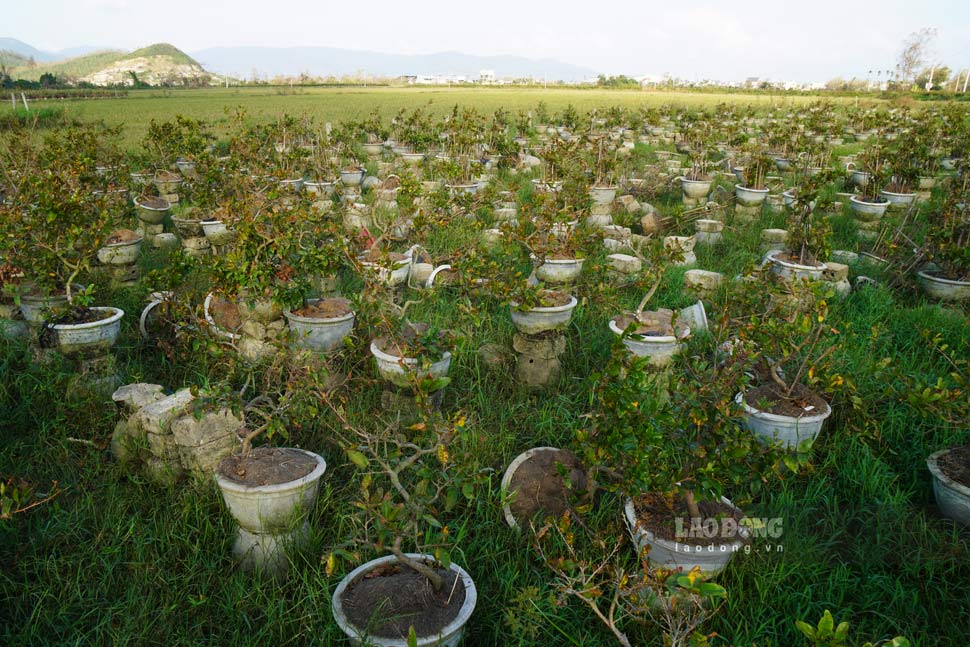
In the capital of yellow apricot in the Central region - An Nhon, hundreds of thousands of pots of apricot trees that were just blown up for Tet have been washed away by the storm, pushing many "apricot workers" into a situation of being left empty-handed and in debt.
Worry about bankruptcy
After the storm, apricot growers in An Nhon are trying every way to "save" damaged apricot trees, trying to save the Tet flower crop. Throughout the traditional yellow apricot fields, many gardens were stripped of leaves and were leaking, leaving only dry branches. Many apricot trees in An Nhon Bac ward withered, the leaves burned red, and the branches were covered in heat. After the storm, the weather became more severe, causing the trees to weaken and die.
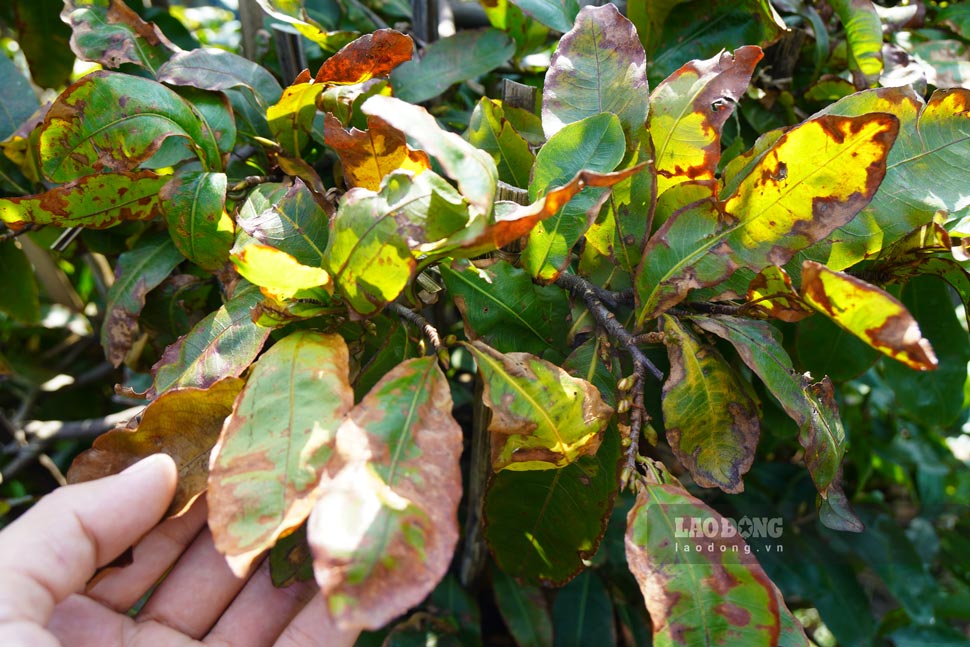
More than a dozen thousand apricot pots were severely damaged after the storm, Ms. Tran Thi Kim Ha (58 years old, An Nhon Bac ward) was "sitting on fire" when her entire capital of billions of dong, along with her bank debt, all relied on the Tet flower crop but now almost lost everything.
Seeing the apricot pots scratched by the storm, all the leaves falling, and the branches burning, Mrs. Ha could only complain helplessly: "Now look at me as if I am left empty-handed, I don't know what to do. It's hard to bear it when it's done, but the people are miserable! ".
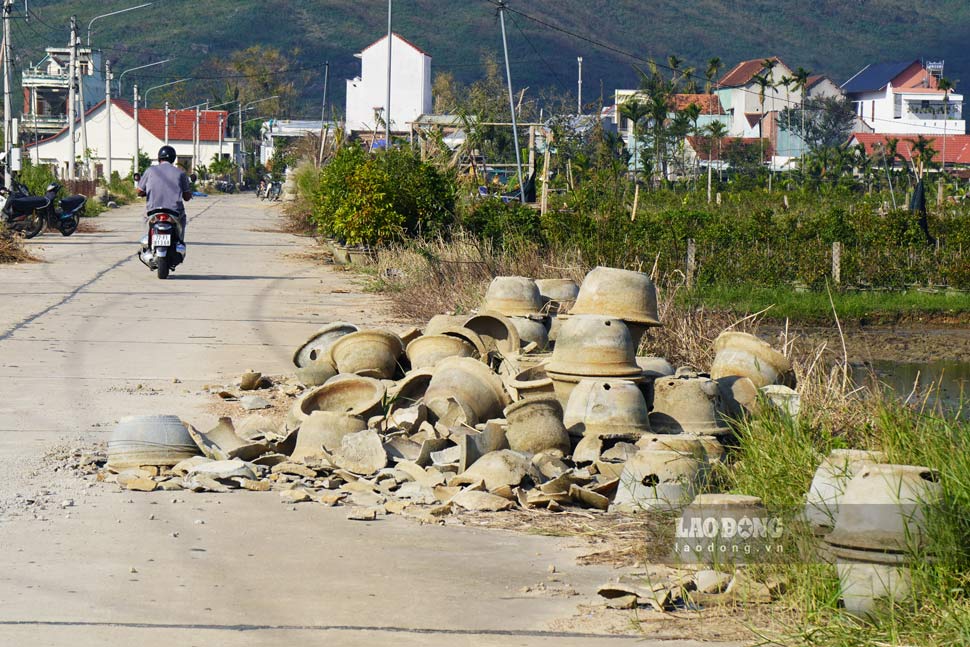
This year's Tet flower crop, her family prepared about 3,000 4-5 year old apricot pots to sell to North-South traders, and received a deposit of more than 200 million VND. After just one night of the storm, all of the property was swept away, including the apricot trees promised to be sold to customers.
"Now where can I get the money to fix it? The pots were broken too many times, there was no money to buy a new one. Her husband had a stroke, the whole family relied on the apricot trees but now there was nothing left. Without money to repay the debt, I don't know how to make ends meet to save the remaining apricot trees," Ms. Ha said in tears.
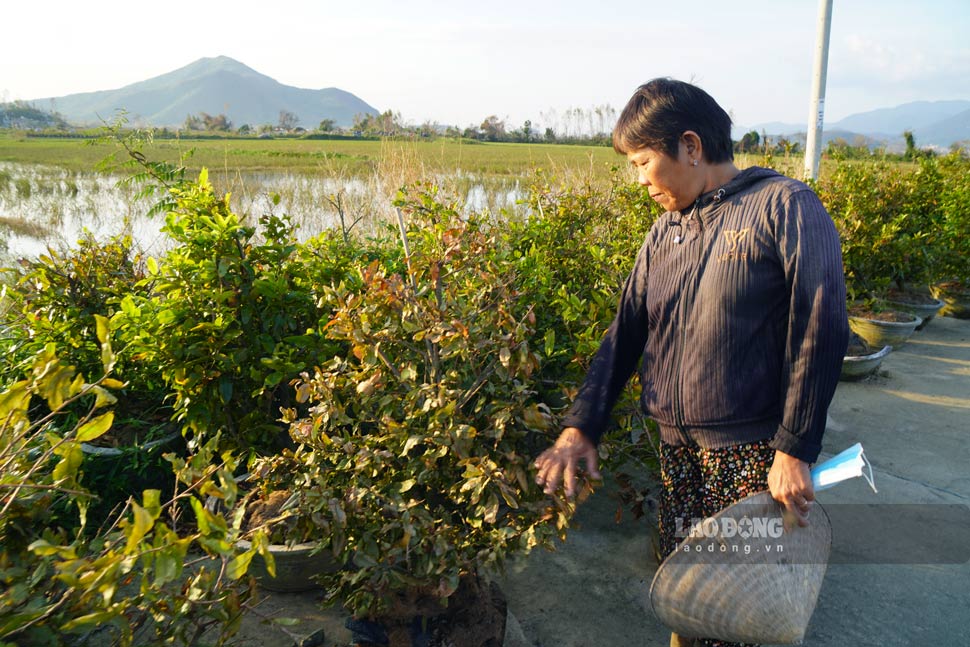
According to her, her family has invested 2-3 billion VND for this year's Tet apricot crop and is carrying a large bank debt. She hopes the State will have a policy to support preferential interest rate loans to continue to overcome the damage and maintain the profession.
Taking care of the Tet apricot crop
At Sau Ngu apricot plantation, Mr. Dang Xuan Ngu (73 years old, An Nhon Dong ward) said he planted 1,500 pots of apricot trees for the Tet crop but the storm damaged more than half. Mai had leaves burned, branches broken, pots broken; many trees were withered, at high risk of death.

According to Mr. Ngu, apricot trees in An Nhon are in the stage of growing leaves, caring for trees, and growing buds for Tet. The storm hit the right growth stage, so the possibility of white loss is very high. "The storm will destroy all the leaves, the buds will bloom early, and the trees will quickly weary. The years of care are now considered lost," Nghe Ong said sadly.
In An Nhon Bac ward, many households, despite severe damage, are still trying to restore. Mr. Tran Ngoc Tuan (Thai Xuan village) is fertilizing organic fertilizers and tending trees to save apricot trees from being scratched by the storm. This Tet season, his family planted 2,000 pots of apricot trees, but the storm damaged about 1,800 pots. "Now, we are trying every way to save the remaining 200 pots, hoping to save some capital," said Mr. Tuan.
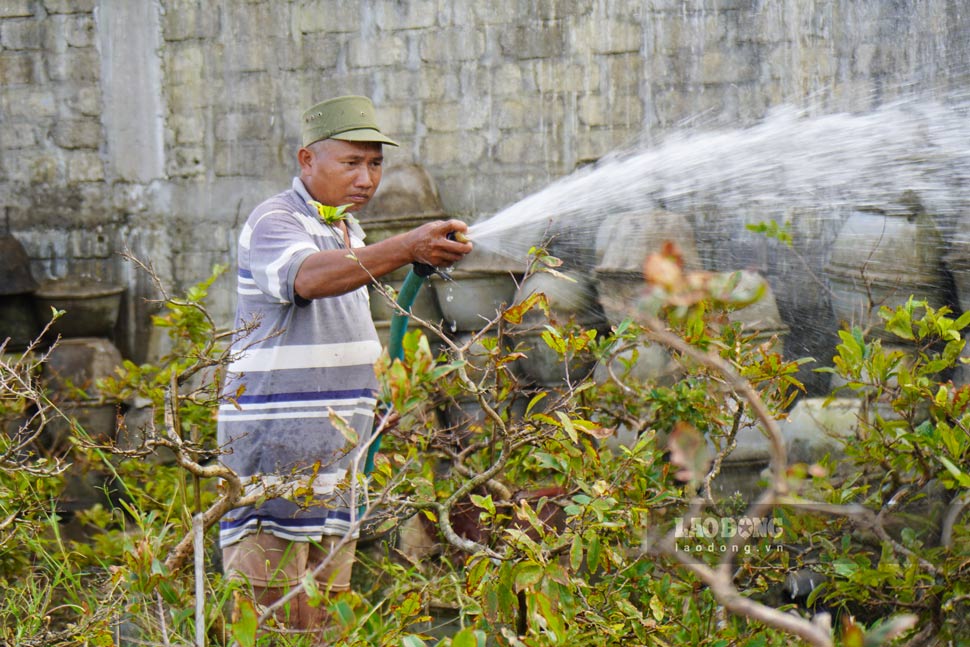
Mr. Nguyen Anh Dung - Chairman of An Nhon Bac Ward People's Committee - said that after reviewing, the locality had about 120,000 damaged pots and apricot trees, with a total estimated damage of more than 84 billion VND. The government is urgently collecting statistics, proposing support and mobilizing organizations and benefactors to help households that suffered heavy damage.
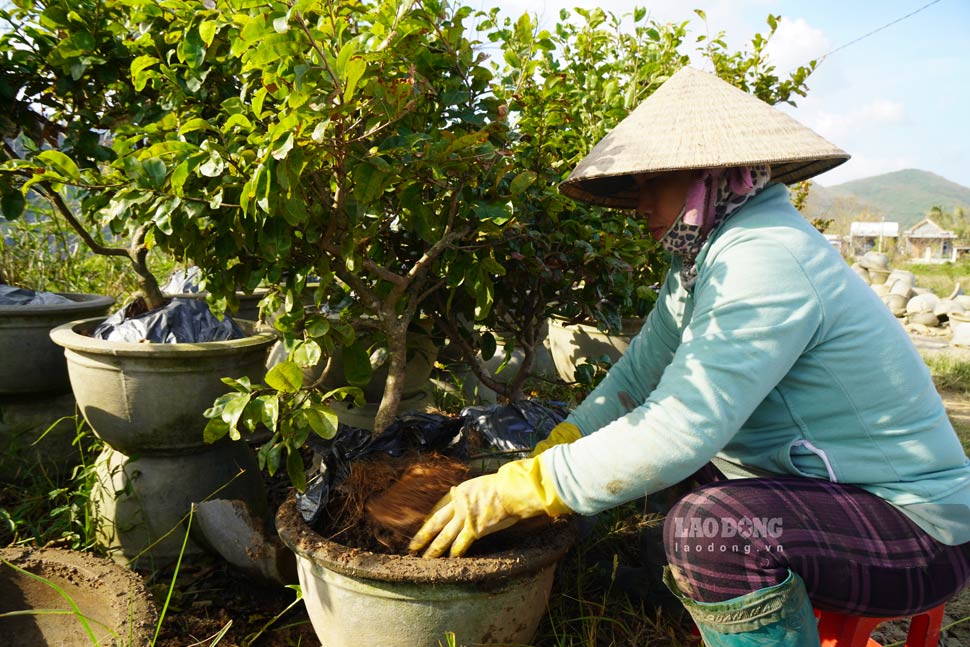
"For Tet apricot blossoms alone, there are almost no more to sell this year because the damage is too large," said Mr. Dung.











